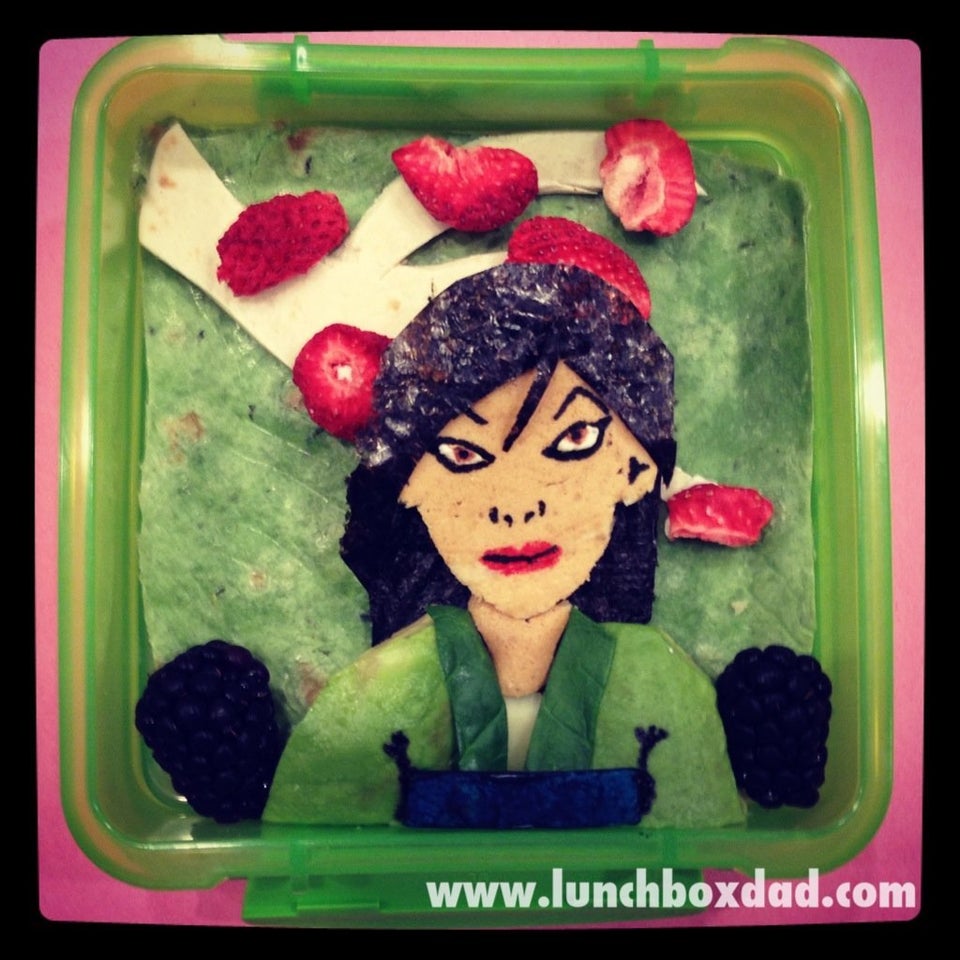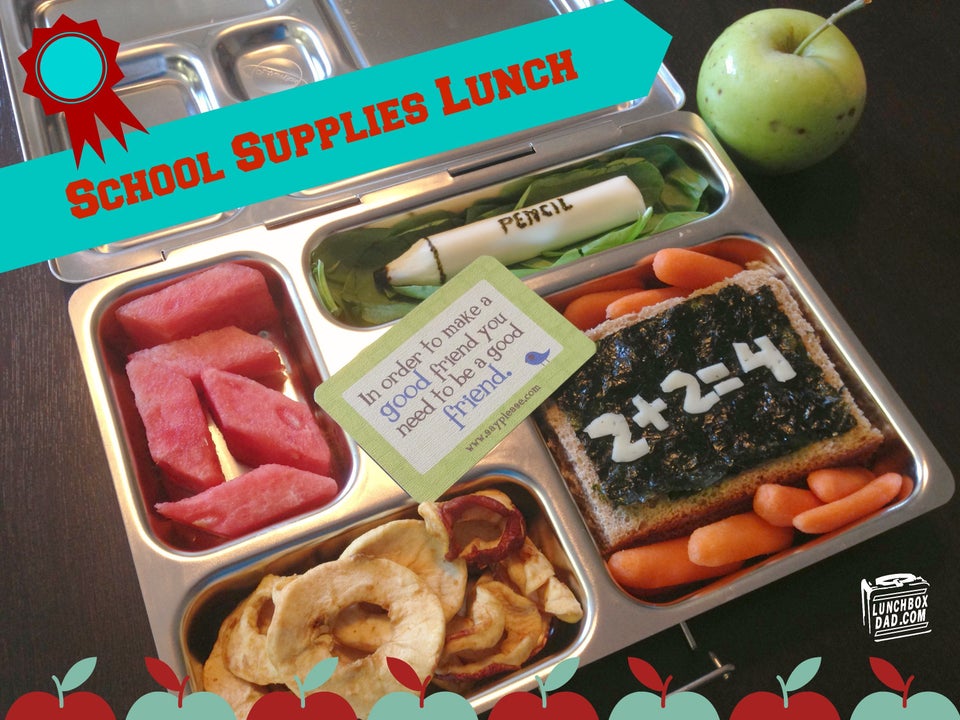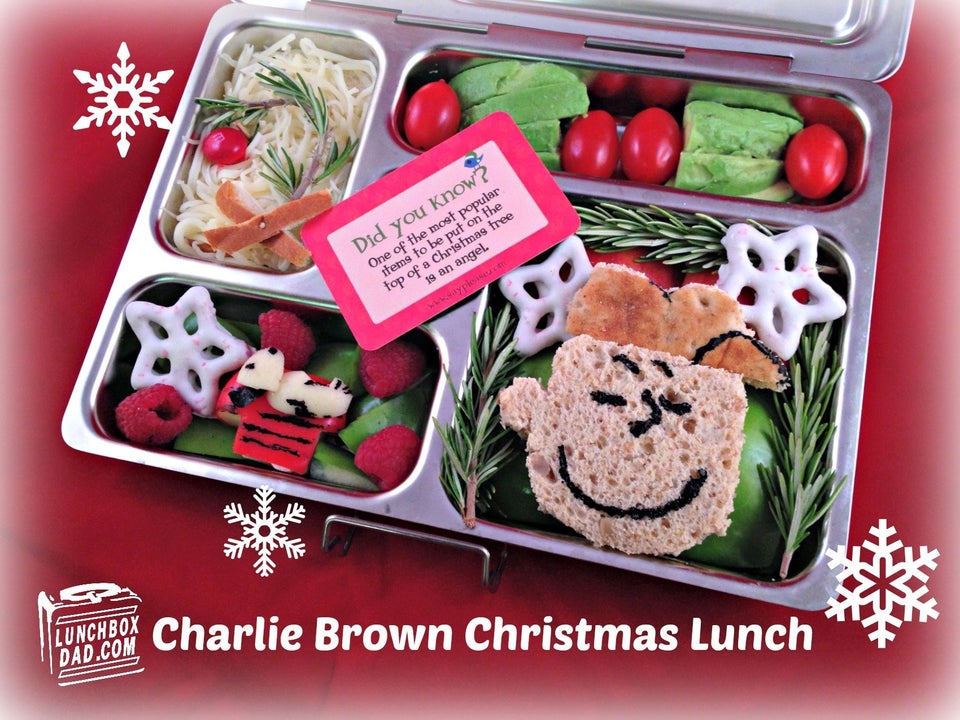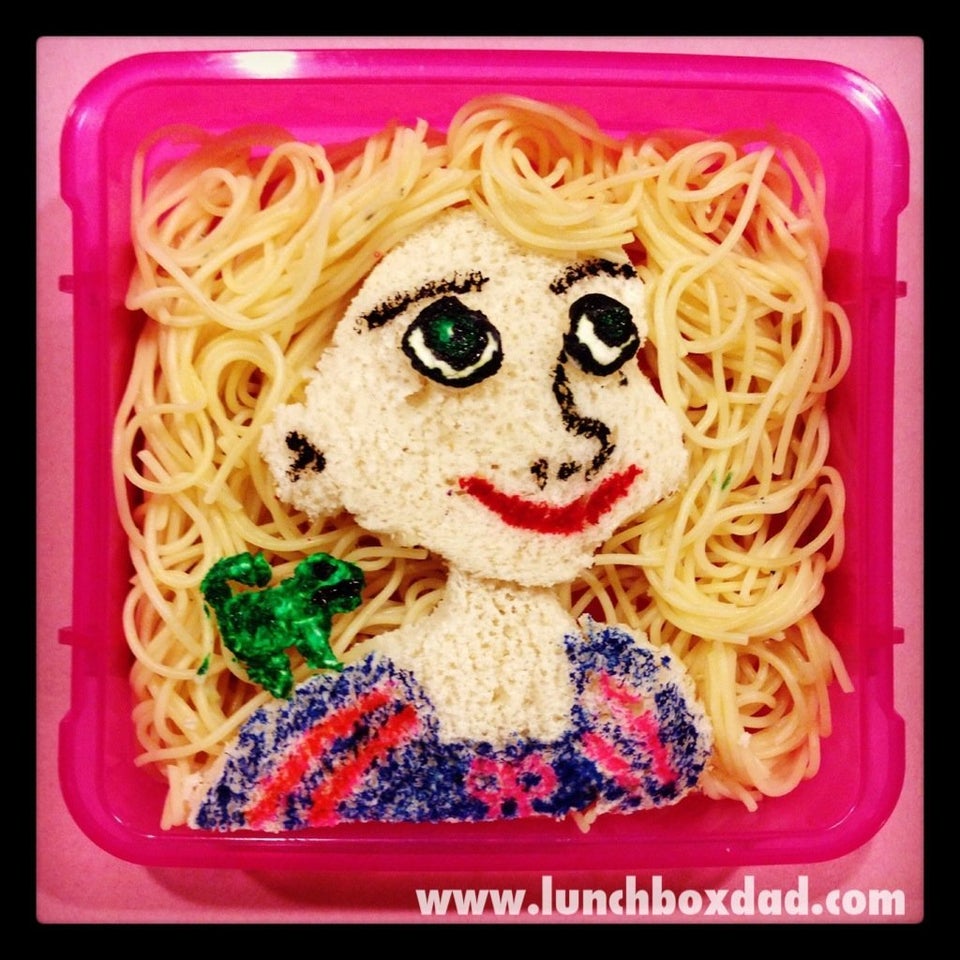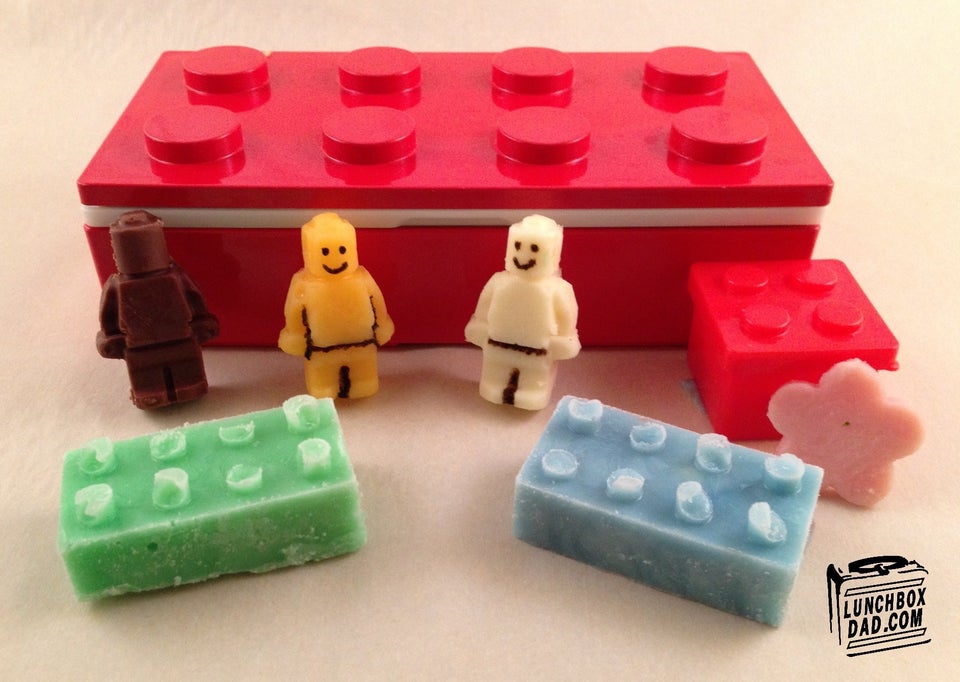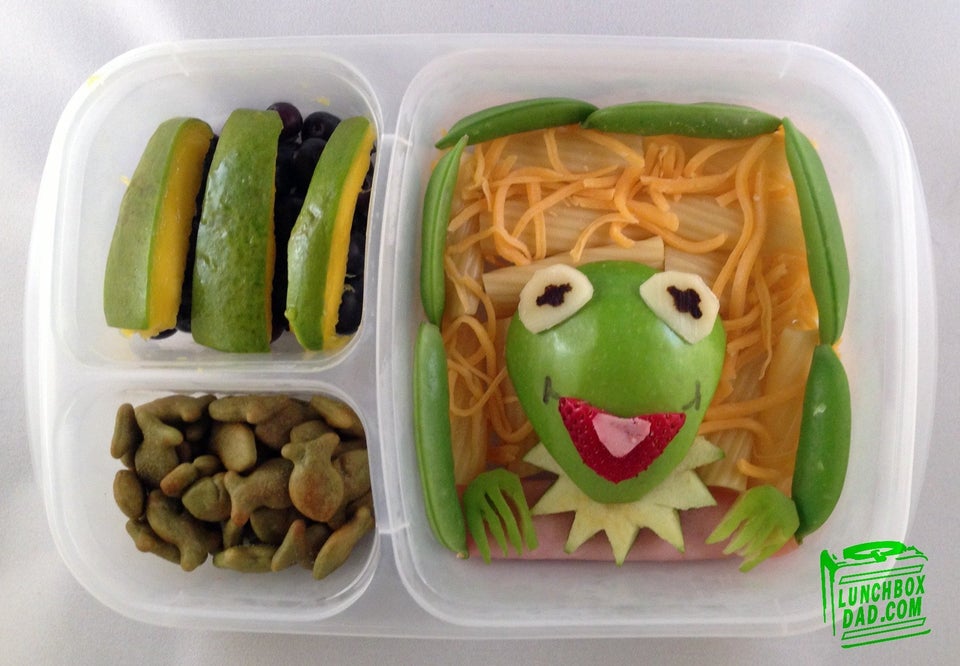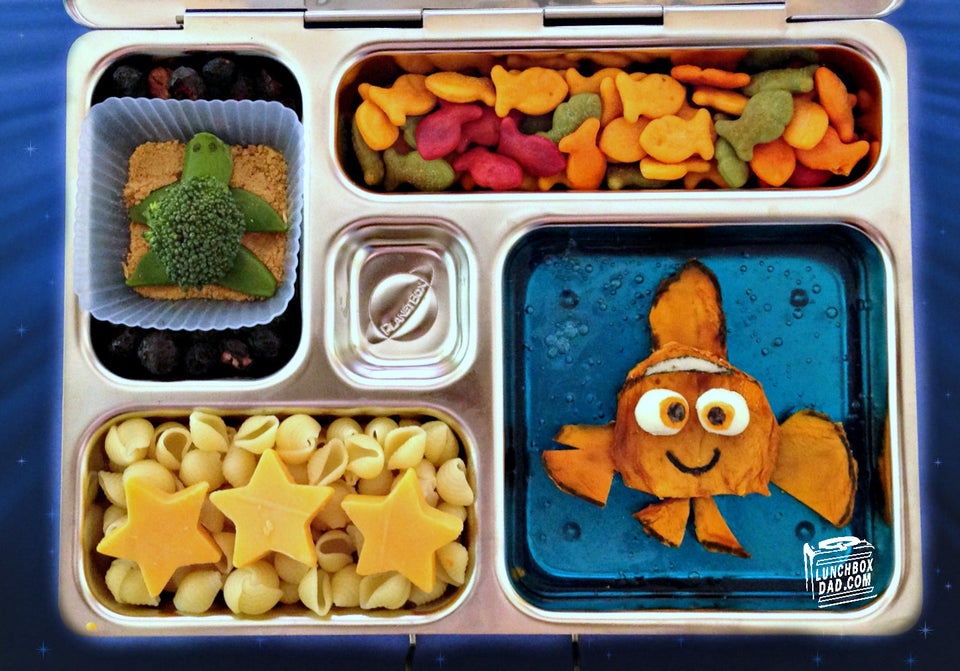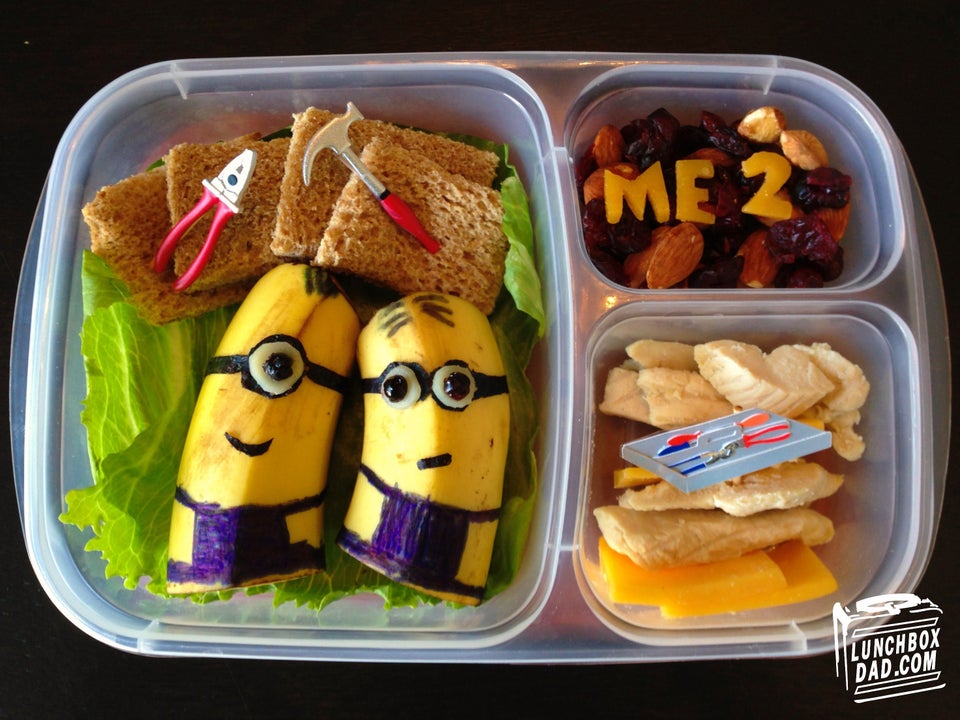
BY SHEREEN LEHMAN
NEW YORK Mon Jul 28, 2014 11:23am EDT
(Reuters Health) - Packed lunches that children bring from home are often missing the vegetables, milk and other healthy items recommended by dietary guidelines, says a new study.
More than 40 percent of U.S. kids bring their own food to school, but there have been very few studies of what kids have in their lunchboxes, the authors note.
For the new study, they examined the lunchbox contents of 626 third and fourth graders who attended 12 public elementary schools in Eastern Massachusetts.
“Most of the foods we saw were pre-packaged salty snack foods and sugary desserts - we saw much less fruits, vegetables and low-fat dairy,” lead author Kristie Hubbard told Reuters Health in an email.
She is a researcher and registered dietician at the Friedman School of Nutrition Science and Policy at Tufts University in Boston.
“The findings highlight the challenges associated with packing healthful items and the opportunities for nutrition experts to help parents and kids pack lunches and snacks that are healthy, convenient, cost-effective and taste good,” Hubbard said.
About 48 percent of the students in the study brought lunches from home, and 97 percent of those lunches included a snack, the researchers report in the Journal of the Academy of Nutrition and Dietetics.
The most common lunch items were sandwiches, which were found in 59 percent of lunches. About 34 percent of lunches contained fruit and 11 percent had vegetables.
Roughly 42 percent of lunches had snack items and 28 percent included dessert.
For beverages, 28 percent of lunches included water, 24 percent included sugar-sweetened drinks and three percent included milk. Another 11 percent of kids planned to buy milk at school.
The study team found that only 27 percent of the lunches met at least three of the five National School Lunch Program standards from the federal government, which include fruit, vegetables, grains, meat or another protein source and milk.
Only four percent of snacks met at least two of the four Child and Adult Food Care Program standards, which are similar to the lunch standards but combine fruit and vegetables into one category.
Some of the findings surprised the study team.
“Almost a quarter of the lunches lacked an entree, such as a sandwich or leftovers, and we saw many children with two or three sugar-sweetened beverages in their lunchboxes,” Hubbard said.
She said the study itself isn’t comprehensive enough to formulate specific recommendations. However, the Dietary Guidelines for Americans recommend a balance of fruit, vegetables, whole grains and low-fat dairy, she said.
“A sandwich on whole grain bread, hummus with carrot sticks and a piece of fruit, with water or low-fat milk, would be a great lunch,” Hubbard said.
Cassie Vanderwall, a clinical nutritionist with the University of Wisconsin Health Pediatric Fitness Clinic in Madison, said that a lot of kids’ lunches are loaded with carbohydrates.
“So kids get that sugar rush, run out to recess, burn it all off and they’re zombies the rest of the day,” she told Reuters Health.
Vanderwall, who was not involved with the new study, said a healthy lunch should have well-balanced energy sources, including a good source of carbohydrate, a good source of protein and ideally some sort of fruit or vegetable.
“We want to prepare our kids just like we would an athlete, with energy that's going to provide a stable source of nutrients and energy to feed their brain throughout the entire school day,” she said.
Vanderwall suggested using whole-grain bread, crackers and pita or packing a salad made with quinoa or brown rice.
Examples of protein sources include lean chicken breast left over from the night before, kidney beans or refried beans spread on a whole-wheat tortilla. She also suggested adding some form of dairy such as milk, cheese or yogurt.
Vanderwall said fruits and vegetables are a given, and the best choices are raw and don't have extra sauces or sugars.
Parents should also offer some source of healthy fats, she added, such as a few slices of avocado, hummus or a hard-boiled egg.
“That's going to take the energy that they're getting from those carbohydrates and make it last longer - so that's what's going to get them past 3 p.m. when school lets out,” she said.
“Then to top it all off we want to make sure there's a beverage in there that's not laden with sugar,” Vanderwall said, suggesting water or low-fat milk instead of soft drinks.
SOURCE: bit.ly/1pFNMro Journal of the Academy of Nutrition and Dietetics, online July 17, 2014.
Copyright 2012 Thomson Reuters. Click for Restrictions.
Related
Before You Go

